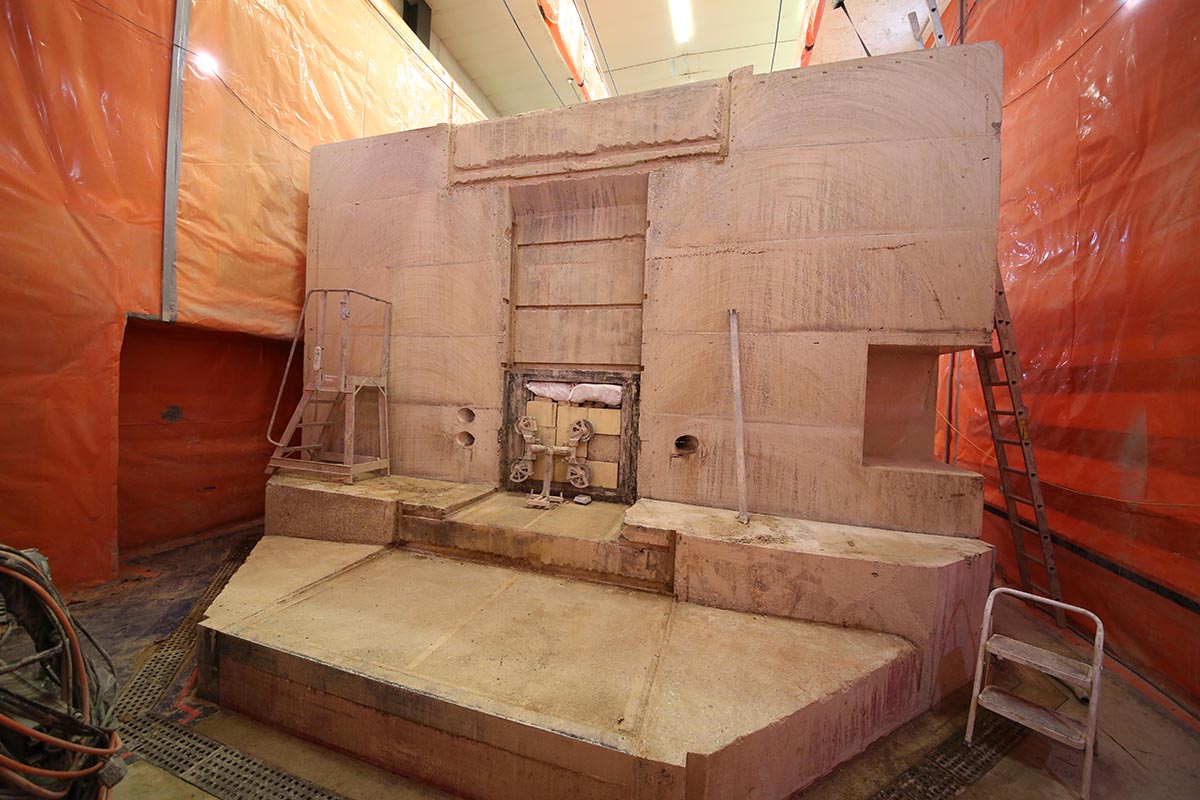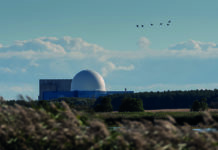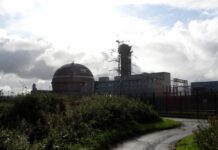
Resource management firm Veolia and Imperial College London teamed up to decommission the Reactor Centre at Imperial’s Silwood Park eco-campus in Ascot, Berkshire, making it the first civil nuclear site in the UK to achieve this status. The ten-year project has now reached completion, and the Office for Nuclear Regulation has ended the requirement for regulatory controls, making it safe for the public. This complex demolition and land remediation work has returned the site to its original safe state, said Veolia, and it now provides a playing field for students and staff.
After being operational for almost 50 years, the site housing the UK’s last civilian nuclear research reactor closed in 2012. Veolia specialist decommissioning team, KDC, initially supported the team at Imperial to plan the complex project which included the cutting operations to reduce the reactor concrete shielding, removal and demolition of the facility.

Decommissioning the site required designing and using new equipment. Deconstructing the reactor core called for a bespoke design to release the submerged core support structure (CSS). Imperial and Veolia KDC specialists used custom-built extended-reach tooling, assisted by a submersible camera, to operate 3.5 metres below the waterline. Removing the reactor circuit pipelines released the support structure, and the stainless steel elements then had to be carefully handled to maintain radiation readings below the minimum safety level. The structure was then transferred directly out of the reactor vessel and into a concrete shielding block handling cell, where it was dismantled.
Other operations to support the project included constructing a ventilated enclosure around the area to allow removal of the reactor block, which formed the bioshield for the core. Safe management of asbestos waste was done by Veolia’s CAT B trained operatives that removed the asbestos floor tiles, cement sheeting, asbestos gaskets, ACM fire doors and textured coatings.
After removal of the reactor infrastructure, the group demolished the rest of the site, transporting the waste materials for further specialist processing and treatment. The land has also been restored.






